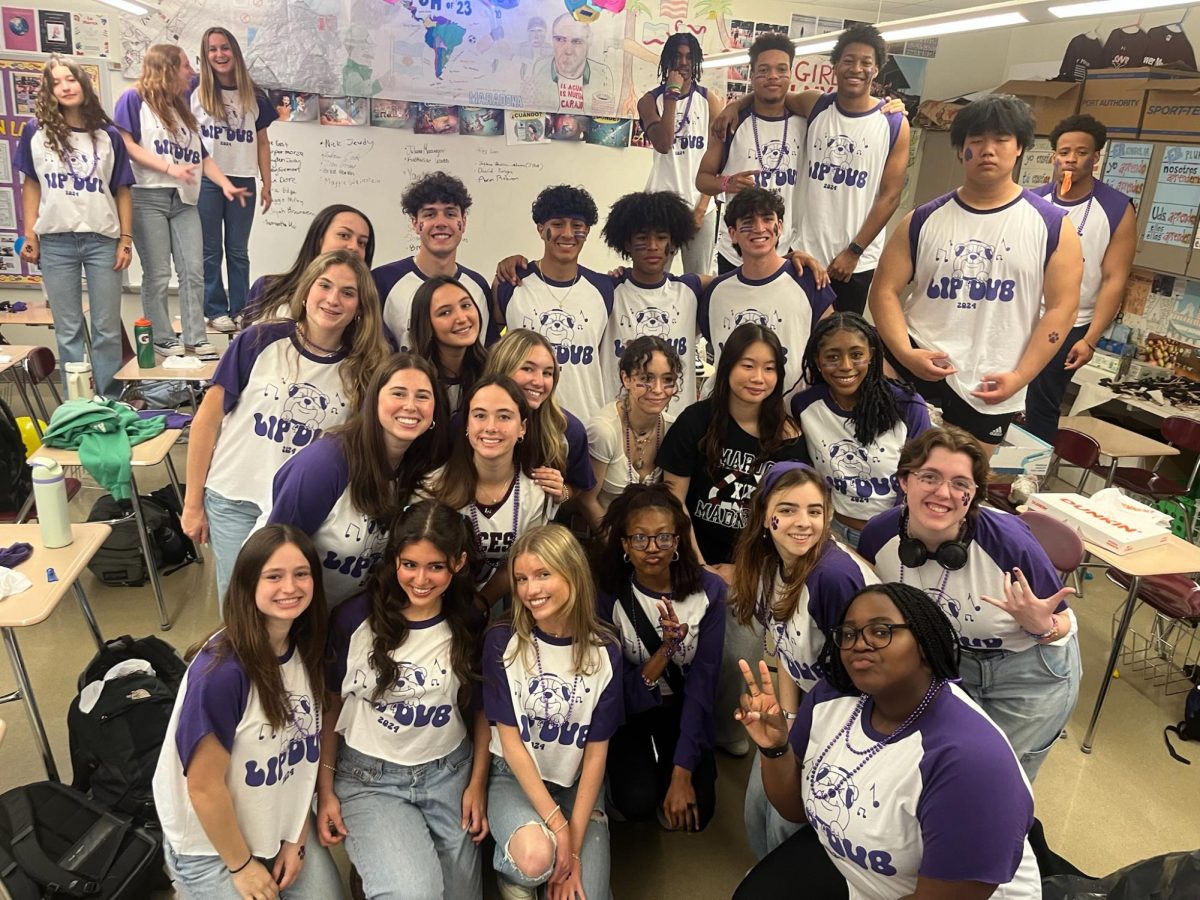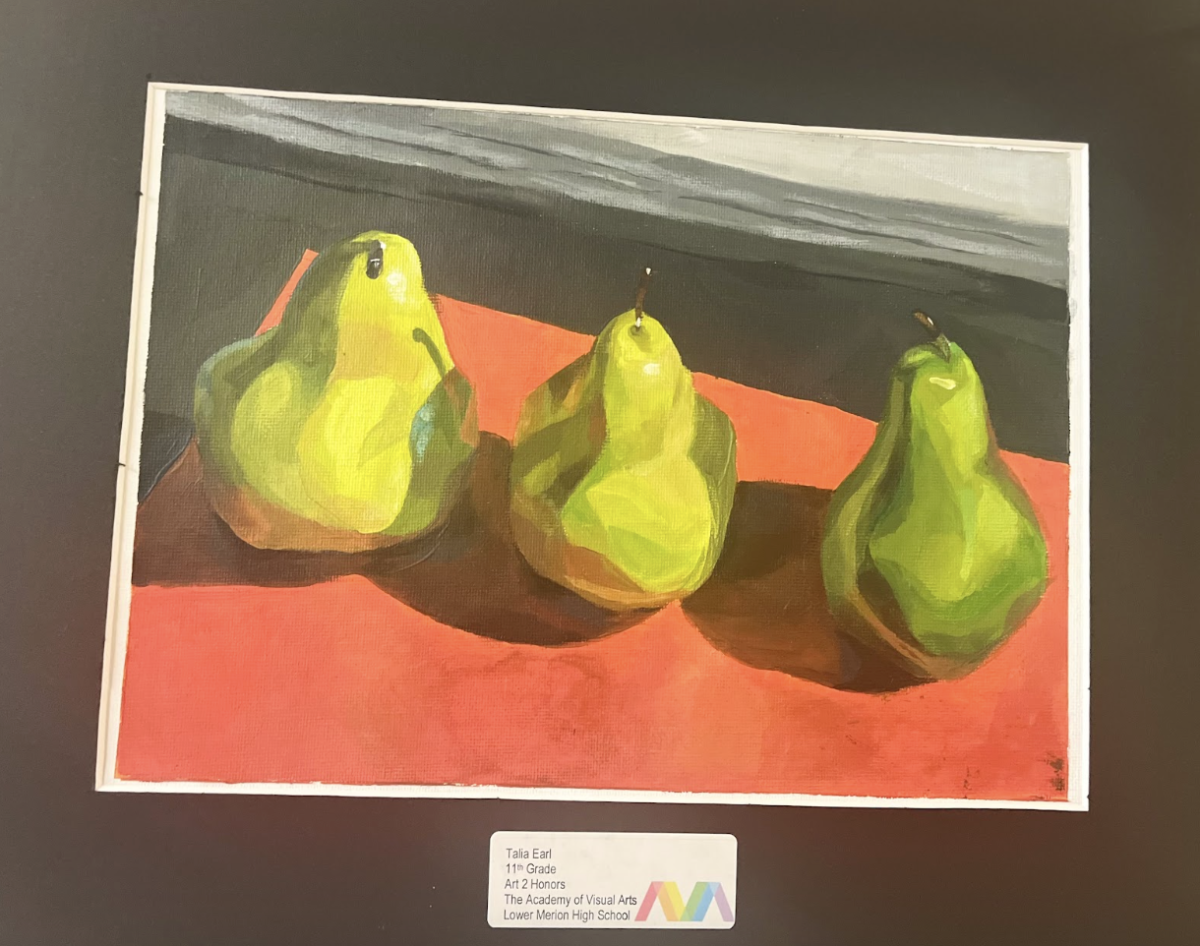On September 27, 2023, film writers represented by the Writers Guild of America (WGA) concluded a 148 day strike, which had brought the entire American entertainment industry to a screeching halt. As Hollywood progressively became involved with artificial intelligence (AI), writers found themselves consistently undermined and replaced. Following the nearly five month strike, Hollywood executives relented, granting writer job protection and ensuring that AI wouldn’t replace the jobs of writers.
For decades, AI has been utilized to enhance American entertainment in the form of Computer Generated Imagery (CGI). Its ability to produce high volumes of animation, add special effects, and generate scenes and imagery with ease has cut costs and reduced human labor since the end of the 20th century. In 1995, Toy Story became the first ever 3D animated movie, generating over 300 million dollars in box office revenue. From this point on, it became clear that AI involvement in film would grow to be a staple in American entertainment. Aside from reducing human labor, the usage of AI has led to wider profit margins for large corporations like Warner Bros. TheWrap, a Hollywood news source, writes, “Using generative AI before filming […] could reduce costs by five percent to ten percent, including cutting four weeks off production time.” For instance, five to ten percent of a typical movie budget is upwards of five million dollars. Producers of the Oscar winning 2022 film Everything Everywhere All at Once used revolutionary AI filmmaking techniques in order to further their creative visions. The postproduction process was significantly shortened by generative AI usage during the editing process. Additionally, creative visions that had never been thought possible have been brought to life. When AI support can be so astounding, how do writers drawing the line between what is helpful and hurtful?
While AI has furthered the film industry permanently, it has also been used to remove writers from their positions. Most media is centered around human creativity and providing insight and entertainment from a human perspective. This exact perspective is what AI so openly lacks. According to Daniel Adams of the Wrap, the actual product is of a much lower caliber than human produced entertainment, stating that “like its predecessors, AI-generated movies won’t be art. A machine can never purvey valid social commentary, no matter how complex or sophisticated its software.” The objective need to put out new material by major corporations has created a battle against the simultaneous desire to connect on a human level by using media. Writers for the WGA recognized this in their battle with production companies. Traditionally, film writers were responsible for creating every aspect of what would be directed and produced on the big screen. However, with the implementation of AI, production companies began cutting costs by only paying writers to modify AI-generated scripts. This caused outrage and protest, which subsequently resulted in the strike. Although expressed by voices typically unheard by the public, the scope of the protest was huge. This cost the US billions; one of America’s primary exports, entertainment, was put on hold. The ripples from Hollywood’s pause were heard all over the world, including at LM. Priyal Chhipa ’26 states “During the strike, I definitely saw increased wait times for movies and TV shows I had been waiting for. I never really thought of how big a role writers played in entertainment as a whole until they stopped.”
The phrase, “TV just isn’t what it used to be,” is a common one. However, the rise of that statement closely parallels the time period AI started to be used in filmmaking. Cinema’s transition into artificially generated media and automated editing is traceable back to the early 2000s, and the strike is the proof that the decline in media quality can be quantified by more than just critics.






